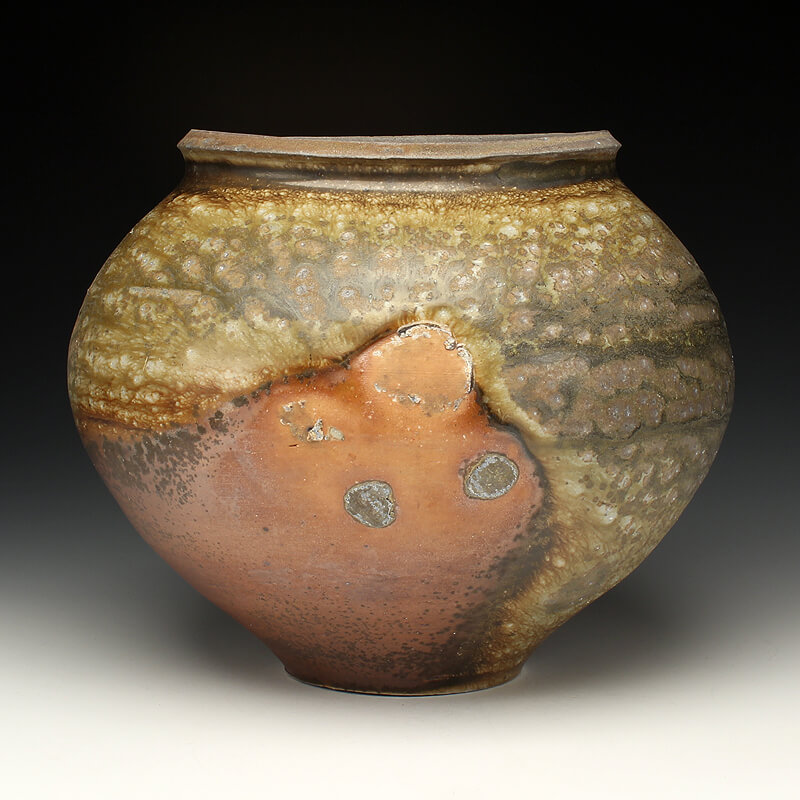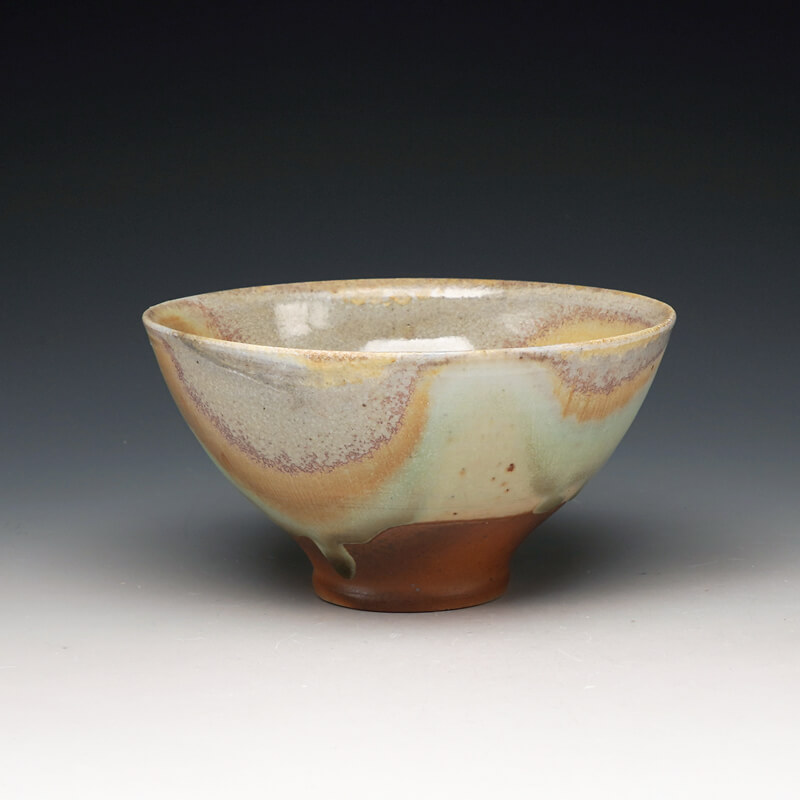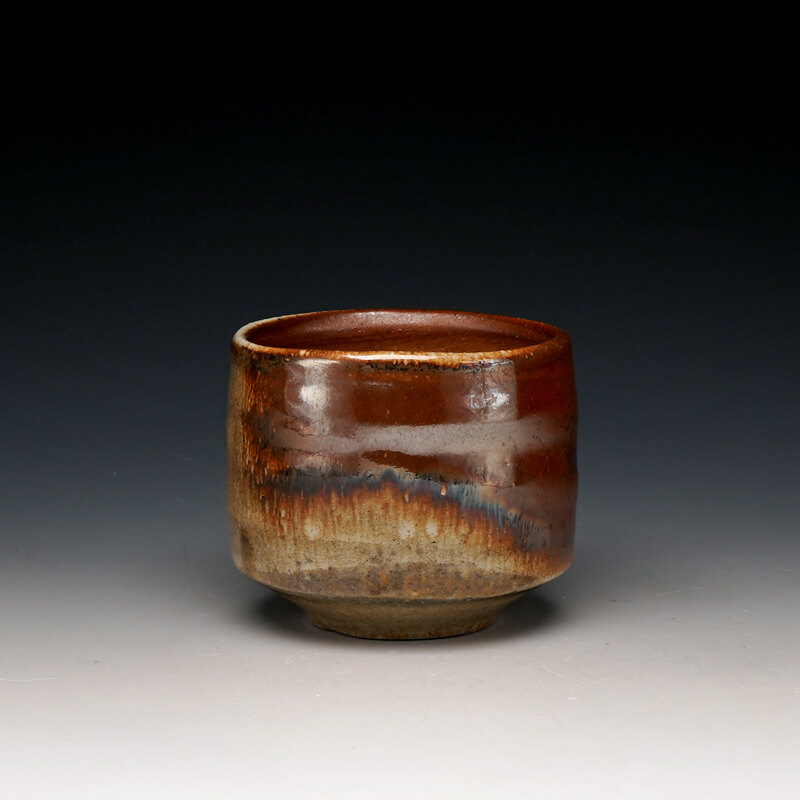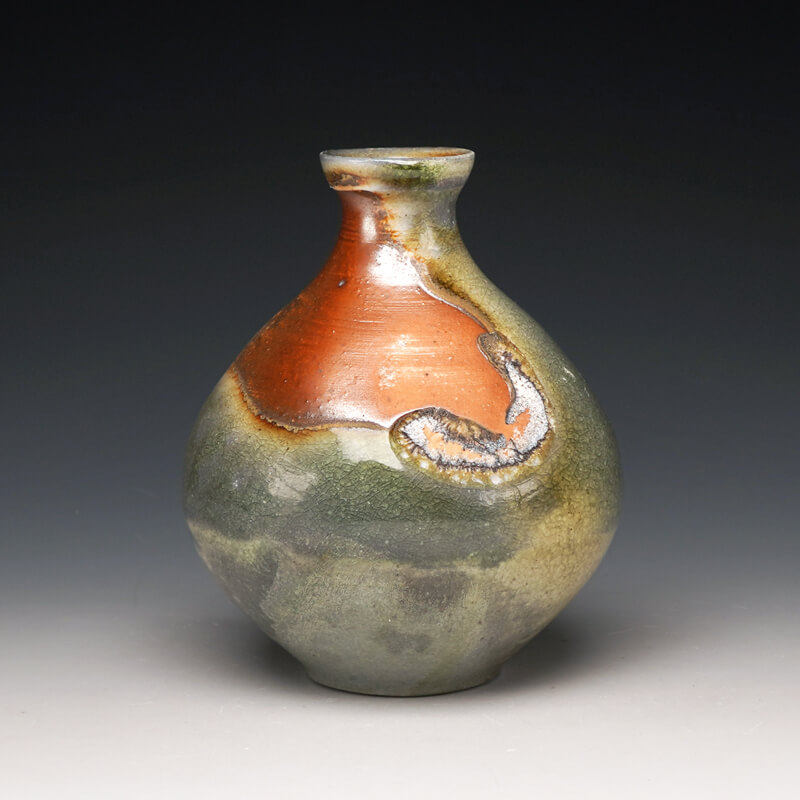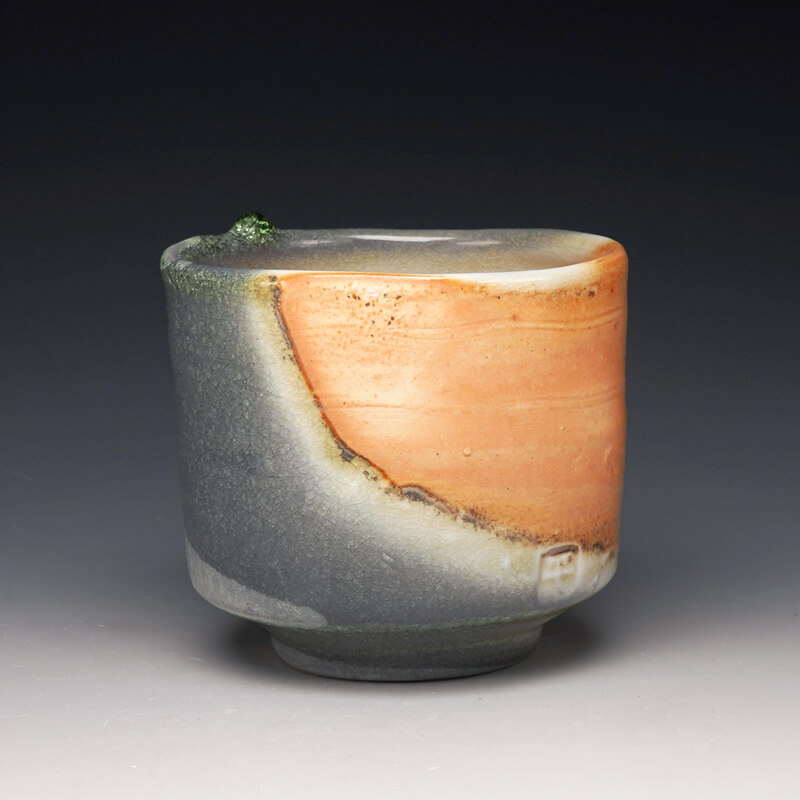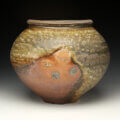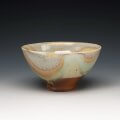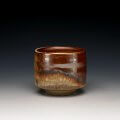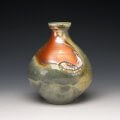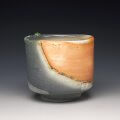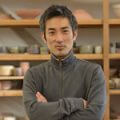
Shumpei Yamaki was born and raised in Kamakura, Japan. He moved to Philadelphia in 1996 to study dance. He went on to pursue a bachelor’s degree in archaeology at the University of Wisconsin, La Crosse.
In 1999, Shumpei was injured in an automobile accident and enrolled in a ceramics class as physical therapy for his arm. He discovered his passion for ceramics, and in 2001 began an apprenticeship under Richard Bresnahan. He learned traditional Japanese pottery techniques, wood-firing, and ways to rely on local resources and resource conservation.
Shumpei went on to graduate studies at the University of Iowa, in 2002, taking full advantage of their strong wood-fire program.
In 2005, Shumpei moved to Brooklyn and participated in wood-firings in upstate New York with Tim Rowan and Roger Baumann. He returned to Iowa in 2009, where he is mainly working on functional ceramics and has been experimenting with local clay in his personal endeavors as a wood-fire potter.
I feel free to communicate with my own language through art. Direct action in the process of creating art is the key to communicating effectively. Results of my action reflect my inner perception.
Initially I came to the United States to see the origin of street dance. Learning street dance has taught me how to communicate with others visually and emotionally. My former experience in Hip-Hop culture and Capoeira (Afro-Brazilian martial art) still exists in my body and soul, blending with and influencing my wheel throwing techniques. When I dance, I dance with flow and force. I dance to express my primitive spirit, and my intuition is exactly what I feel at that moment, completely removed from myself.
I view clay on the pottery wheel as a sort of stage for myself as a dancer. When water flows on the surface of clay on a pottery wheel, my hands dance to rhythm and my mind stretches into meditation. Imagination and feelings about clay and water take me to a state of mind as “second nature”. As street dance and clay combine through me, the true primitive concepts of these two art forms communicate themselves to the audience; one is ephemeral, the other is permanent.

